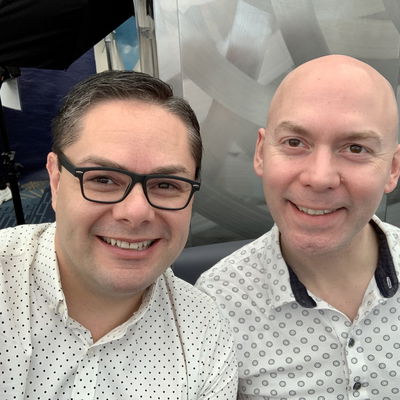
-
Capacity
- 16 of 16 spots still available
- COVID vaccination required (honor system)
- COVID testing not required
- This is an indoor event
- Masks are not required
- If you feel sick, stay home
-

- Bring your own drinks
-

- Dogs live here
-
Wheelchair access
- Not wheelchair accessible
-
- Some stairs may be present in the space
-
- General accessibility details
This is a groupmuse
A live concert in a living room, backyard, or another intimate space. They're casual and friendly, hosted by community members.
Host
Tbd
What's the music?
Beethoven: Sonata for Cello and Piano in A major, Op. 69
Rachmaninoff: Sonata for Cello and Piano in G minor, Op. 19
The pairing of Beethoven’s Sonata for Cello and Piano in A major, Op. 69 (1808) with Rachmaninoff’s Sonata for Cello and Piano in G minor, Op. 19 (1901) gives us a chance to hear how two composers, writing nearly a century apart, approached one of the most profound challenges in chamber music: how to make two contrasting instruments speak as equals.
Before Beethoven, cello sonatas were generally weighted toward the keyboard, with the cello supplying melodic color while the piano carried the structural and harmonic weight. Beethoven’s Op. 69 changed this balance forever. From the very first bars—where the cello introduces a noble, lyrical theme unaccompanied—it’s clear that this is a partnership of equals. The piano soon takes up the theme, reshaping it with its own voice. The work unfolds as a true dialogue, with ideas constantly passed back and forth, sometimes in agreement, sometimes in spirited debate. This new conversational model became the blueprint for generations of composers writing for the duo.
Almost a century later, Rachmaninoff, at the height of his Romantic voice, took up the same challenge in his Sonata for Cello and Piano in G minor. Written in the wake of his triumphant Second Piano Concerto, the sonata brims with sweeping melodies, lush harmonies, and pianistic grandeur. But despite the piano’s virtuosic presence, the cello is never overshadowed. Instead, the two instruments share the soaring lyricism and dramatic intensity—sometimes blending into a single voice, sometimes answering each other like passionate orators.
Heard together, these two sonatas trace a century of musical dialogue between cello and piano: Beethoven laying the foundation with clarity and equality, and Rachmaninoff expanding it into a Romantic landscape of passion and depth. Tonight’s program invites you to listen not only to the beauty of each work, but to the conversation itself—an evolving, century-long exchange between two instruments, two composers, and two artistic worlds.
Where does this music come from?
The sonata has been one of the central forms in classical music for centuries. Originating in the 17th century from the Italian word sonare (“to sound”), it first referred broadly to any instrumental piece, as opposed to a vocal cantata. By the Classical period, composers like Haydn, Mozart, and Beethoven developed the sonata into a structured form—often with three or four contrasting movements—built around the drama of musical ideas being presented, developed, and resolved.
For solo instruments or duos, the sonata became a proving ground for both artistry and innovation. In keyboard-and-string sonatas, the keyboard typically dominated, with the string instrument (violin, cello) often reduced to accompaniment or embellishment. Beethoven’s Cello Sonata in A major, Op. 69 marked a turning point: instead of piano with cello “obligato,” it created a true partnership. This redefined what a sonata for two instruments could be and influenced generations of composers—including Rachmaninoff, who a century later infused the tradition with Romantic intensity.
Location
Exact address sent to approved attendees via email.
This is a groupmuse
A live concert in a living room, backyard, or another intimate space. They're casual and friendly, hosted by community members.
Host

 Continue with Facebook
Continue with Facebook
 Continue with Google
Continue with Google
 Continue with Apple
Continue with Apple
Comments
Comment sections are only for participants. Please sign in and reserve a spot above to view comments.